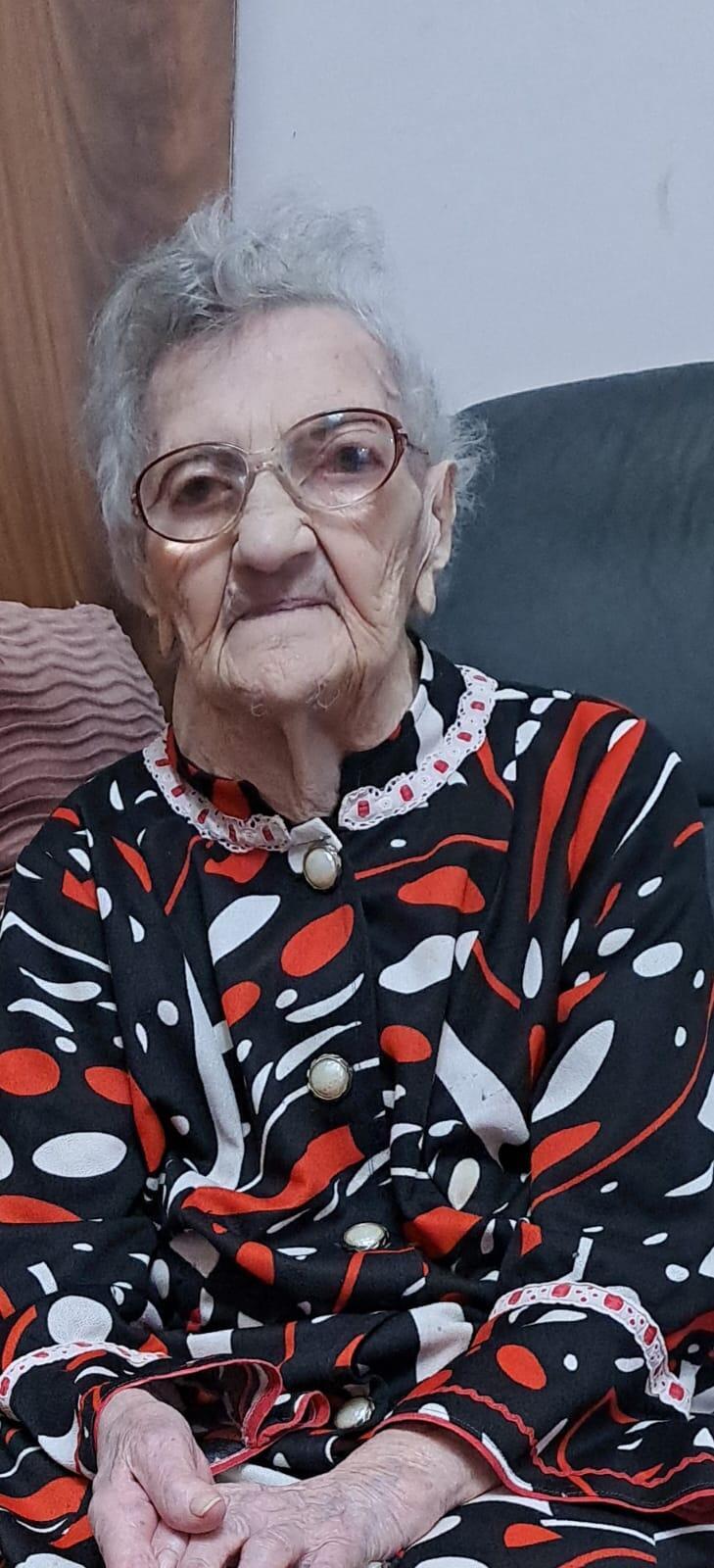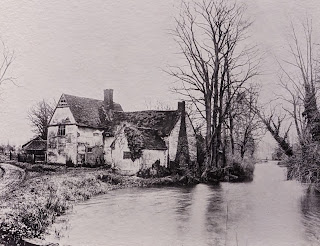I was in Vienna in January 2025.
I was very excited to visit the Kunsthistorisches Museum to see its blockbuster exhibition Rembrandt-Hoogstraten: Colour and Illusion.
I have always loved Rembrandt and this exhibition showcased 57 works. There was a wealth of international loans by the master in Austria.
Ultimately, I found it a beautiful and fascinating dialogue between the Dutch Golden Age master and one of his most successful and innovative students, Samuel van Hoogstraten (who achieved great success at the Habsburg court).
For me, it’s one of the highlight exhibitions of 2025.
Rating: ★★★★★ 5/5
Note: This is part 1 of the write-up. Two more parts to follow.
✲✲✲✲✲
Part 1: Rembrandt as the teacher
The first room introduces us to Rembrandt as teacher (as well as renowned painter, printmaker etc.). He began taking students in Leiden and continued until close to his death. Samuel van Hoogstraten was one of Rembrandt’s most successful students, starting his apprenticeship around 1642/43 at about age 15.
This room explores Van Hoogstraten’s early work which show stylistic and thematic similarities to Rembrandt’s (including creating convincing illusions).
✲✲✲
Self-portrait wearing a Hat and two Chains by Rembrandt (1642-3)

This is how the exhibition opens!
A magnificent self-portrait by Rembrandt. He paints himself courscating.
Rembrandt captures himself in such splendor - beautiful gold chain & adorned with sumptuous fur. The light makes him glow and shine. I rather like the bulbous nose, slight wispy hair behind his ear, the subtle wrinkles in his the lowered neck.
This self-portrait was made during the time when he was Van Hoogstraten’s teacher. Rembrandt is famous for his many self-portraits - spanning his entire career.
✲✲✲
Self-Portrait by Hoogstraten (1645)

Van Hoogstraten clearly emulates his master.
The powerful & contrastive use of light, and the central focus of the face.
Like Rembrandt, painted with aplomb - as a courtier with the traditional gold chain
✲✲✲
Self-portrait at a Window by Hoogstraten (1642-3)

I quite like this pen-and-brown ink self-portrait.
Trying to capture the fleeting expression and a sense of depth.
What makes this special is that Rembrandt, apparently, made 3 strokes of his pen to correct the outline of the right arm and shoulder.
✲✲✲
The Holy Family with a Curtain by Rembrandt (1646)

Interesting painting.
Early example of Rembrandt’s experiments with illusionist techniques.
The painted frame with the red curtain is Rembrandt’s pictorial contrivance. The frame is an illusionistic object.
The fire warms and lights Mary and Baby Jesus. The bond is clear. Joseph is chopping wood in the background and is barely noticeable in the dark.
✲✲✲
St John the Baptist Preaching by Rembrandt (1634-5)

Van Hoogstraten (in his book) praised this particular painting of Rembrandt.
The powers of observation, the extraordinary use of light to focus attention, and compelling depiction of emotions in the crowds.
People in various states - hushing the kids, bored, raised eyebrows...
✲✲✲
Landscape with the Rest on the Flight to Egypt Rembrandt (1647)

Beautiful & moving.
I am reminded of Turner.
A wonderful exploration of light.
This nightscape is the Holy Family’s rest on their flight into Egypt.
Rembrandt’s lambent tones of heat and warmth of colours in fire over the canvass (esp. over the lakes untrammelled surface) creates a wonderful effect.
✲✲✲
Young Man Reading with Vanitas Still Life by Hoogstraten (1644)

Classic vanitas still life of the Golden Dutch Age.
The exhibition compares this one to Rembrandt’s The Holy Family with a Curtain (above).
It was probably made in the middle of his apprenticeship with Rembrandt. The illusionistic depiction of the paper, dramatic lighting, and muted colour palette point to the experience Van Hoogstraten gained during this period.
Painting by Van Hoogstraten — perhaps self-portrait or someone he knew?? Identity remains unknown.
✲✲✲
The Adoration of the Shepherds by Hoogstraten (1647)

Charming beautiful painting in which Van Hoogstraten uses a similar palette and light effects to Rembrandt. The light seems to emanate from Jesus.
✲✲✲✲✲
Part 2: Illusionistic experiments
The next room in the exhibition focuses on Rembrandt as a master of convincing illusions.
From 1639 onwards, he increasingly experimented with illusionistic effects which warp the boundary between the pictorial space and the viewer’s space — e.g. including barriers, and window and door openings in the foreground of his paintings, which emphasise the presence of the painted figure. He also creates a convincing sense of depth to an otherwise flat space.
Rembrandt’s illusionistic skills appear to have had a lasting influence on his Van Hoogstraten’s work. The ambitious pupil emulated his teacher in this area (even aiming to outshine him).
✲✲✲
A Woman in Bed (Sarah Awaiting Tobias) by Rembrandt (1647)

A young woman pulls the curtain to the side and seems to gaze at a scene in front of the picture. Her shoulder seems to protrude.
Supposed to represent the biblical story of Sarah waiting for her bridegroom Tobias, on their wedding night. Though Rembrandt leaves room for other interpretations.
This must have had a striking effect in a home, by candlelight.
✲✲✲
Old Man at a Window by Hoogstraten (1653)

I really love this. Outstanding painting.
The old man poking his head out of a window and gazing at us. Seems to have a distant look in his eyes.
Van Hoogstraten meticulously portrays the various materials - his looping wrinkles, fine hairs of his beard, soft fur of his hat, hard limestone that frames the window, the glass’s translucency.
✲✲✲
Girl in a Picture Frame by Rembrandt (1641)

Wow!
Incredible.
It feels like the boundary between the painted world and our reality vanishes!
This girl - in vivid theatrical costume - leans slightly forwards. Her hands touching the painted frame and casting shadows and reflections on it.

This effective illusionism of Rembrandt had a lasting influence on Van Hoogstraten - as the exhibition makes clear in comparison with his painting below Young Woman at an Open Half-Door.
✲✲✲
Young Woman at an Open Half-Door by Hoogstraten (1645)

Really wonderful. This painting was inspired by Rembrandt’s illusionism. (And they were side-by-side)
This young woman - looking suspiciously to her side - seems to lean over an open half-door into the viewers’ space.
Van Hoogstraten seems to emulate Rembrandt's protruding fingers over the artificial frame.
✲✲✲
Girl at a Window, “The Kitchen Maid” by Rembrandt (1645)

Love it.
Incredible painting. The girl’s direct gaze is very captivating & charming.
I've seen this painting by Rembrandt before in London, and it has so much charm. Makes you smile. The subdued colours against the shining subject and the shadowing creates a vibrancy to the illusionism. The red cheeks and the white-reflecting tip of her nose.
✲✲✲
Agatha Bas by Rembrandt (1641)

Another wow. Just incredible.
This lady was Agatha Bas. She and her husband had their portraits painted by Rembrandt, as they lived opposite his workshop.
Really very elegantly dressed and with a keen & penetrating gaze at us. She seems to loom out of the darkness and towards us. (As does her fan and left thumb).
✲✲✲
Feigned Letter-Rack Painting by Van Hoogstraten (1667-8)

Terrific illusionism and depth captured by colour variation.
Van Hoogstraten painted this Dutch tradition. While in England, he painted this deceptive array of realistic everyday objects and personal items fixed together with red leather straps against a black background.
There are 21 objects - including comb, letter, scissors, maps, medallion, etc.
✲✲✲
Trompe l’oeil by Van Hoogstraten (1655)

Wow, again.
Van Hoogstraten's illusionistic depiction of ordinary everyday objects is incredible and powerful. The towel looks like you could reach out to take it off the hook. The painting of the wall panelling is so effective too.
This painting has no frame either. So it enhances the illusionism.
✲✲✲✲✲
✲✲✲✲✲
EXTRA: Me at the gallery, and the central hall at the Kunsthistorisches.























































